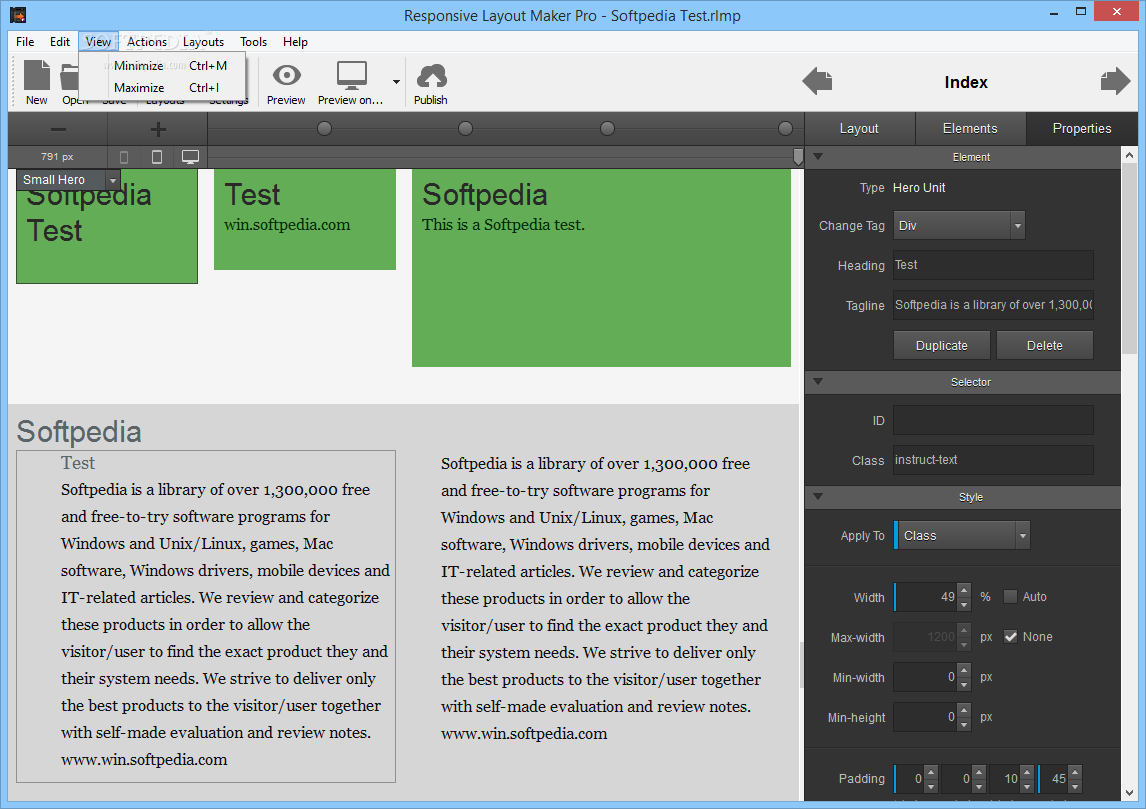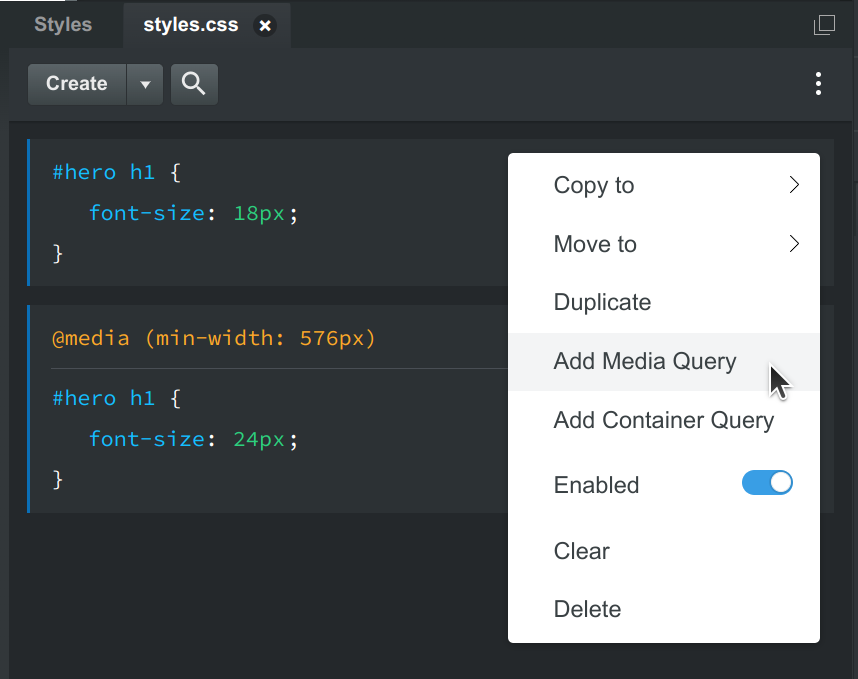

In this research, the aim is to realize responsive design of university websites considering user preference and usability with its functionality. Thus, the website is made compatible with all device screens with a flexible structure, flexible images, and application of media queries (Subic et al., 2014). The users should be able to access the content of websites regardless of the device used. The purpose of responsive design is to provide access to the content of websites from all devices. Responsive design is a website design approach to adapt the user behavior of design and development to the environment, screen size, and orientation of used devices (Knight, 2011). Since it is impossible to create and use websites for every new device and resolution, "One Website Design Concept" lowers design cost, provides fast updates and access, saves time and reduces device limitations (Knight, 2011). Thus, the usability should align the design of appropriate products with the needs, expectations, and desired features (Evcil & İslim, 2012).Ĭreating different designs for different screens will cause problems of cost, time, update, and increase network load. The websites should be based on usability dimensions in order to design high-availability, user-friendly websites. The usability dimensions, such as learnability, effectiveness, mentionability, fault tolerance, and satisfaction, have been developed by Nielsen ( 1993). The concept of usability varies according to product and service areas. Different accessibility standards and guidelines have been established (Masri & Luján-Mora, 2012). The basic concepts in websites and applications are accessibility and usability. The goal of responsive web design is to make a website look equally good and usable on every device, regardless of the screen size of a device (Kim, 2013).

To support screen size differences, Ethan Marcotte ( 2010a) published the responsive design idea and technique. In order for students to perform education from their own mobile devices or computers off-campus, websites must be designed to be compatible with the screens used. Since The World Health Organization (WHO) officially declared the outbreak on March 11, 2020, the countries are continuing to control the spread and take preventive measures in students education (Global Health Security Index, 2019). This has been a disruption in the education of millions of students (Unesco, 2020). Some countries have also closed schools locally. According to UNESCO’s monitoring, coronavirus is affecting more than half of the student population worldwide. Many students in the world are not going to school because of coronavirus (COVID-19) disease. It can be said that the academic university websites developed with responsive design are preferred by university students in the pandemic and this has increased usability and effectiveness. Usability and responsive design (r = 0.92, p < 0.01) were both found to be positively correlated. With regression analysis, 91.5% of usability can be explained with the responsive design (R 2 = 0.915). With regression analysis, responsive design explains 74.7% of the change in effectiveness (R 2 = 0.747) among the usability dimensions. Ease of use has been identified as the most preferred feature (Avg = 3.67/5, 73.4%) of usability in responsive design by evaluating dimensions central tendency measures. It was found that 38% of the participants had a daily internet usage rate of 4–5 h and they used social media the most. And, university students' attitudes towards responsive design did not differ according to the Internet access method. It was observed that the participants' attitudes towards responsive design did not differ according to gender, and students in the 24–26 age group had more desire to use responsive design. According to the results, it was seen that 99.2% of university students had smart phones and used smart phones to connect to internet with a rate of 91.3%. For this purpose, a questionnaire consisting of a five-point Likert was applied to university students. The aim of this study is to investigate the effect of responsive design on usability. Responsive design allows users to benefit from the web page without having to worry about screen size and resolution.


 0 kommentar(er)
0 kommentar(er)
